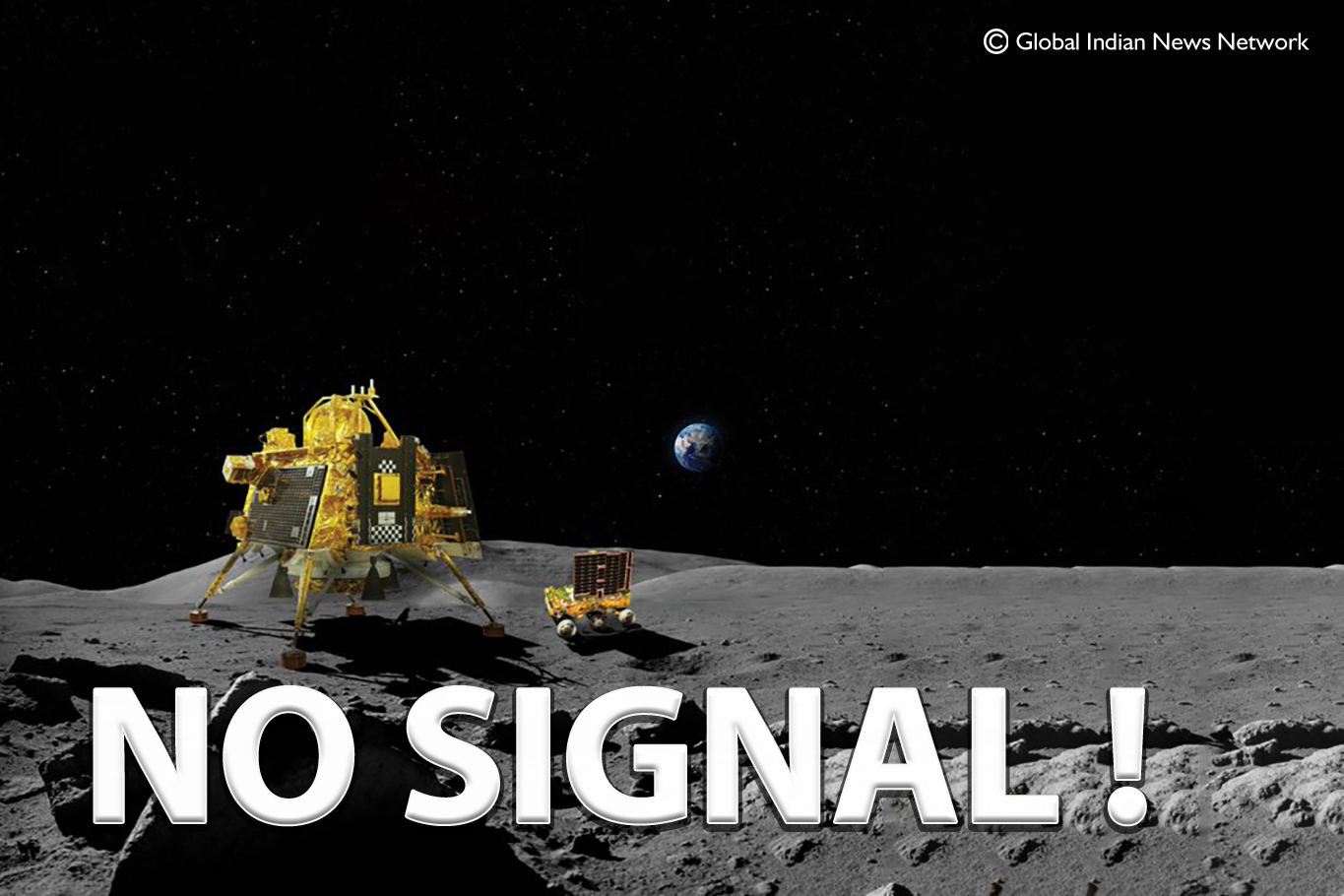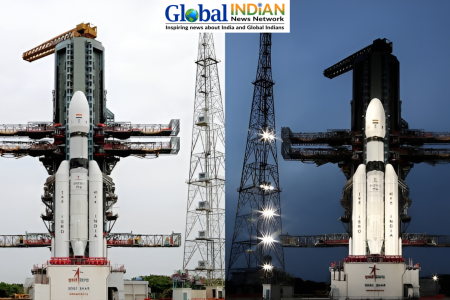 Three days after the lunar sunrise, ISRO (Indian Space Research Organisation) has not received any signals from the Chandrayaan-3 lander, Vikram, and its rover, Pragyan. Despite this, hopes persist for their potential reactivation on the moon’s surface. ISRO Chairman S. Somanath stated that while no signals have been received thus far, there is an ongoing possibility of a reconnection. He mentioned that they are prepared to wait through the entire lunar day, which spans 14 Earth days and ensures continuous sunlight, leading to rising temperatures.
Three days after the lunar sunrise, ISRO (Indian Space Research Organisation) has not received any signals from the Chandrayaan-3 lander, Vikram, and its rover, Pragyan. Despite this, hopes persist for their potential reactivation on the moon’s surface. ISRO Chairman S. Somanath stated that while no signals have been received thus far, there is an ongoing possibility of a reconnection. He mentioned that they are prepared to wait through the entire lunar day, which spans 14 Earth days and ensures continuous sunlight, leading to rising temperatures.
Somanath explained that the increasing temperature could potentially warm up the systems inside the lander and rover, suggesting that even on the 14th day, there is no definitive prediction for when they might reactivate. One significant advantage of their potential reactivation is the opportunity to repeat in situ experiments. For instance, relocating the Chandra’s Surface Thermo-physical Experiment (ChaSTE) to a new site could provide a different dataset, offering a more comprehensive representation of the lunar terrain.
Moreover, the Radio Anatomy of Moon Bound Hypersensitive ionosphere and Atmosphere (RAMBHA) experiment would benefit from probing the Moon from a different location. Similarly, other payloads would provide data from a different time, enhancing the mission’s scientific outcomes.
It’s important to note that even if Vikram and Pragyan do not reactivate, the Chandrayaan-3 mission is deemed successful, having accomplished all its mission objectives, including demonstrating safe and soft landing, rover mobility, and in-situ scientific experiments. Any reactivation would be seen as a bonus, potentially providing new insights, as previous in situ experiments were conducted in the lunar equatorial region.













